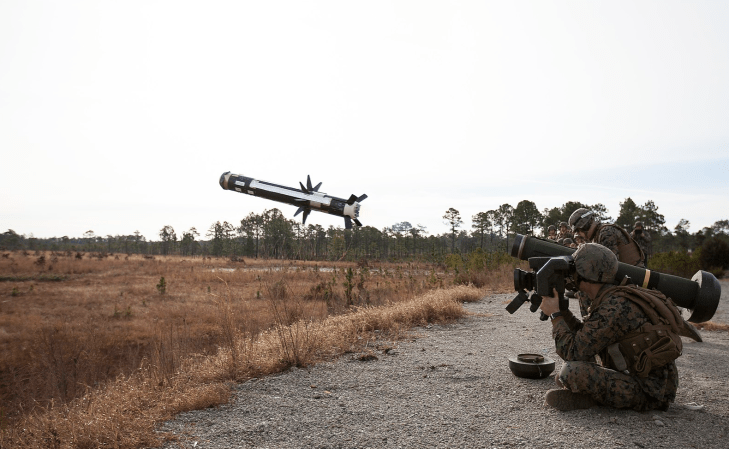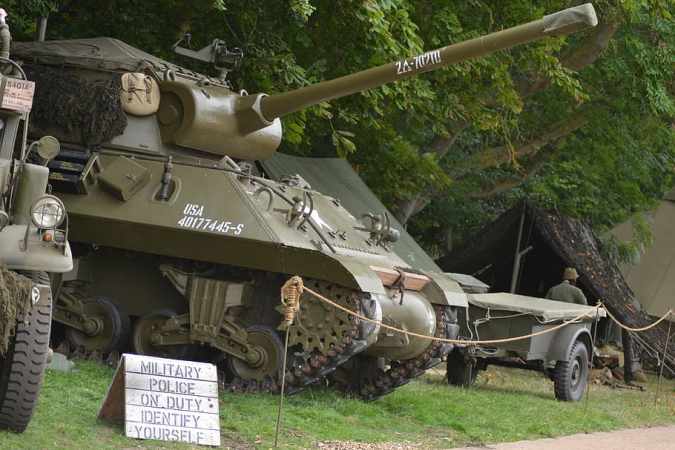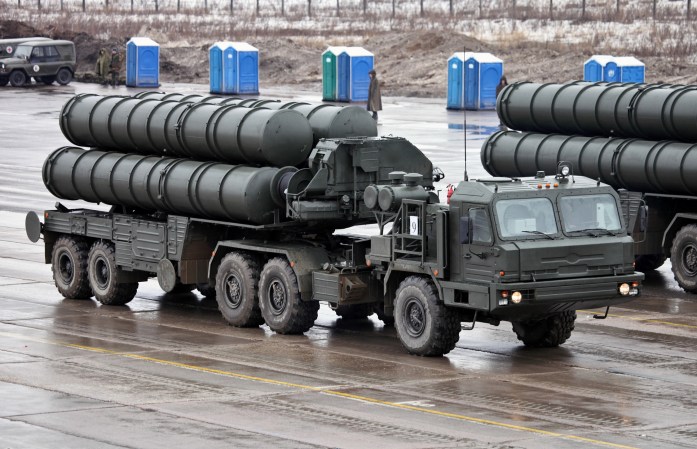[jwplatform Y0hPKa9y]
The FGM-148 Javelin is portable and cheap when it is relatively compared to the targets it was designed to destroy: tanks. Developed in the 80s and implemented in the 90s, it’s one of the most devastating anti-tank field missiles. Here are seven cool facts about the shoulder anti-tank missile system:
Texas Instruments – the same company known for their scientific calculators – developed the Javelin.

To be precise, two companies developed the Javelin: Texas Instruments and Martin Marietta (now Raytheon and Lockheed-Martin).
A Javelin launcher costs $126,000, roughly the same price of a new Porsche 911 GT3.

The Javelin is a fire-and-forget missile; it locks onto targets and self-guides in mid-flight.

The gunner identifies the target with the Command Launch Unit (CLU) – the reusable targeting component of the Javelin system – which passes an infrared image to the missile’s onboard seeker system. The seeker hones in on the image despite the missile’s flight path, angle of attack, or target’s movement.
The CLU may be used without a missile as a portable thermal sight.

The Army is working on a new CLU that will be 70 percent smaller, 40 percent lighter, and have a 50 percent battery life increase.
The Javelin has two attack modes: direct attack and top attack.

In direct attack mode – think fastball – the missile engages the target head-on. This is the ideal mode for attacking buildings and helicopters.

In top attack mode – think curveball – the missile sharply climbs up to a cruising altitude, sustains, and sharply dives onto the target. This is the mode used for attacking tanks. A tank’s armor is usually most vulnerable on its top side.
The main rocket ignites after achieving about a five to ten yard clearance from the operator.

The Javelin system ejects the missile from the launcher using a conventional motor and rocket propellant that stops burning before it clears the tube. After a short delay – just enough time to clear the operator – the flight motor ignites propelling the missile to the target.
A Javelin missile costs approximately $78,000; about the same price of a base model Range Rover.

Because launching a Javelin missile is about the equivalent of throwing away a Range Rover, most operators never get the opportunity to fire a live Javelin round.


























